FEMALE INCONTINENCE
FEMALE STRESS, MIXED INCONTINENCE, & URGE (OAB)
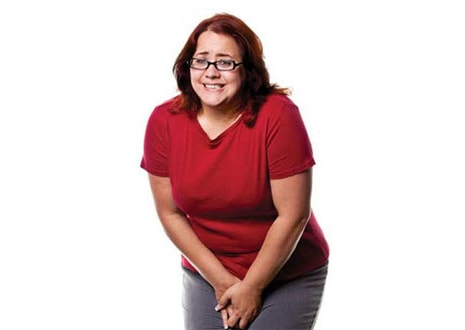
INCONTINENCE CAN AFFECT YOUR LIFE
If you have STRESS or URGE Incontinence, it can affect your exercise, intimacy, social life, sleep, and work. You may feel depressed, embarrassed, and isolated for fear of being too far from a bathroom when in public or fear of smelling like urine. It’s also the number one reason why women are admitted to nursing homes.
KEY STATISTICS
At least 40% of women experience some type of Overactive Bladder (OAB). The number is most likely much larger because many people don’t ask their health care provider for help or even talk about it. Urinary Incontinence can happen at any age, but it is especially common in older adults. However, it should never be considered a normal part of the aging process.
“My OAB was debilitating. I could never leave the house for more than an hour. PRP changed my life…now I actually have one!”
SYMPTOMS OF OAB
Overactive Bladder (OAB) is a series of muscle contractions in the wall of the bladder. The bladder nerves increase in sensitivity, become ‘overactive’ and the URGE to urinate is difficult to control.
Feeling the URGE to go even if you just went, leaking urine, though you try your best to hold it in, urinating more than eight times a day, and waking up at least twice a night are all signs of OAB.
SYMPTOMS OF SUI
STRESS Urinary Incontinence (SUI) is caused by weak pelvic floor muscles that surround the bladder and urethra. The symptoms of STRESS Incontinence include leakage when coughing, during a physical activity, laughing, or sneezing.
Mixed Incontinence is a combination of STRESS and URGE Incontinence. Wearing adult diapers or pads suddenly becomes a daily routine, and sadly, most women think this is normal.
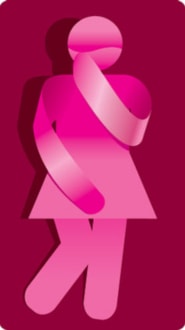
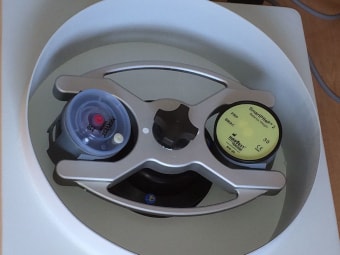
UNDERSTAND YOUR OPTIONS
![]() Behavioral Therapy – lifestyle changes, including bladder training, diet, & Kegel exercises.
Behavioral Therapy – lifestyle changes, including bladder training, diet, & Kegel exercises.
![]() Devices – pelvic floor stimulator, ie; Apex M.
Devices – pelvic floor stimulator, ie; Apex M.
![]() Medications – block nerve signals (side effects).
Medications – block nerve signals (side effects).
![]() Nerve Stimulators – deliver electrical impulses to the bladder nerves; placed under the skin in the lower back.
Nerve Stimulators – deliver electrical impulses to the bladder nerves; placed under the skin in the lower back.
![]() Onabotulinumtoxin A – bladder injections every three months that decrease overactivity.
Onabotulinumtoxin A – bladder injections every three months that decrease overactivity.
![]() Surgery – a bladder mesh sling for SUI.
Surgery – a bladder mesh sling for SUI.
IT’S NEVER TOO LATE TO SEEK HELP
Don’t let myths prevent you from getting help. OAB and STRESS Incontinence are not a normal part of getting older. There are treatments that can help, even if your symptoms are minimal.
“I was getting up 3 times a night to use the bathroom. After my first PRP procedure a year ago, I’ve been sleeping through the night.”
FEMALE INCONTINENCE & PLATELET RICH PLASMA
THE POWER OF PRP (PLATELET RICH PLASMA)
PLATELET RICH PLASMA (PRP)
Platelet Rich Plasma is a simple injection (doubling as a natural approach) using the patient’s own blood to regenerate the bladder nerves. PRP decreases or resolves both STRESS and URGE Incontinence.
THE POWER OF PRP
The human body has a remarkable capacity to heal itself. Regeneration of new tissue is accomplished by the natural production of stem cells. PRP involves the application of concentrated platelets rich in bioactive proteins, which release growth factors to accelerate tissue repair and stimulate cellular regeneration. The benefits of platelet rich plasma were initially used in dentistry, the treatment of sports injuries, and wound healing, but have now evolved to address OAB and other physiological dysfunctions.
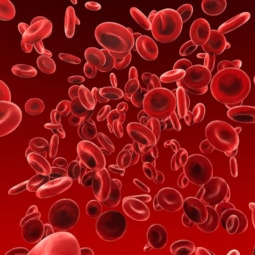
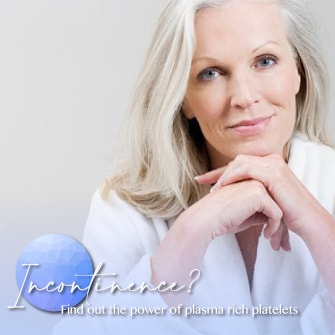
HOW DOES PLATELET RICH PLASMA WORK?
A platelet rich plasma treatment begins with a simple blood draw and can be completed within an hour. Your blood is spun in a unique centrifuge that separates plasma and platelets from the rest of the blood. The plasma, now highly concentrated with platelets, is collected in syringes and injected back into your tissues.
Growth factors are released and stimulate stem cells to create new, youthful tissues in a variety of areas. It’s like turning back the clock, and what was damaged and old is made new again. PRP procedures utilize your own blood, so your body will readily accept the treatment without reaction or rejection. Platelet rich plasma procedures are minimally invasive, and typically, patients experience very little discomfort with no downtime.
PRP TREATMENT
A combination of behavior therapy, diet modification, and PRP seems to be the most effective treatment for both STRESS and URGE Incontinence. Benefits include alleviating the challenging side effects of medications and the devastating effects of mesh erosion.
